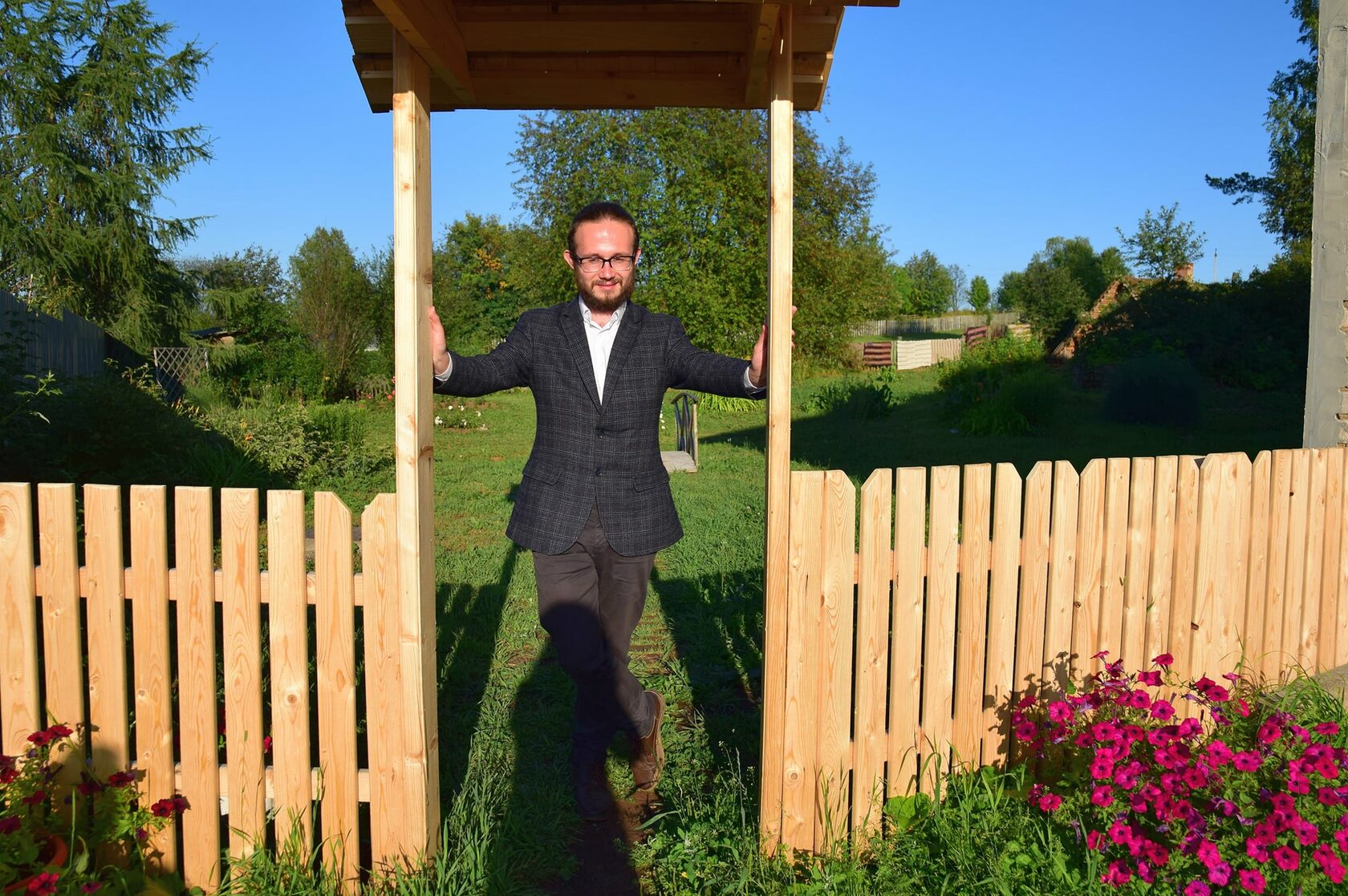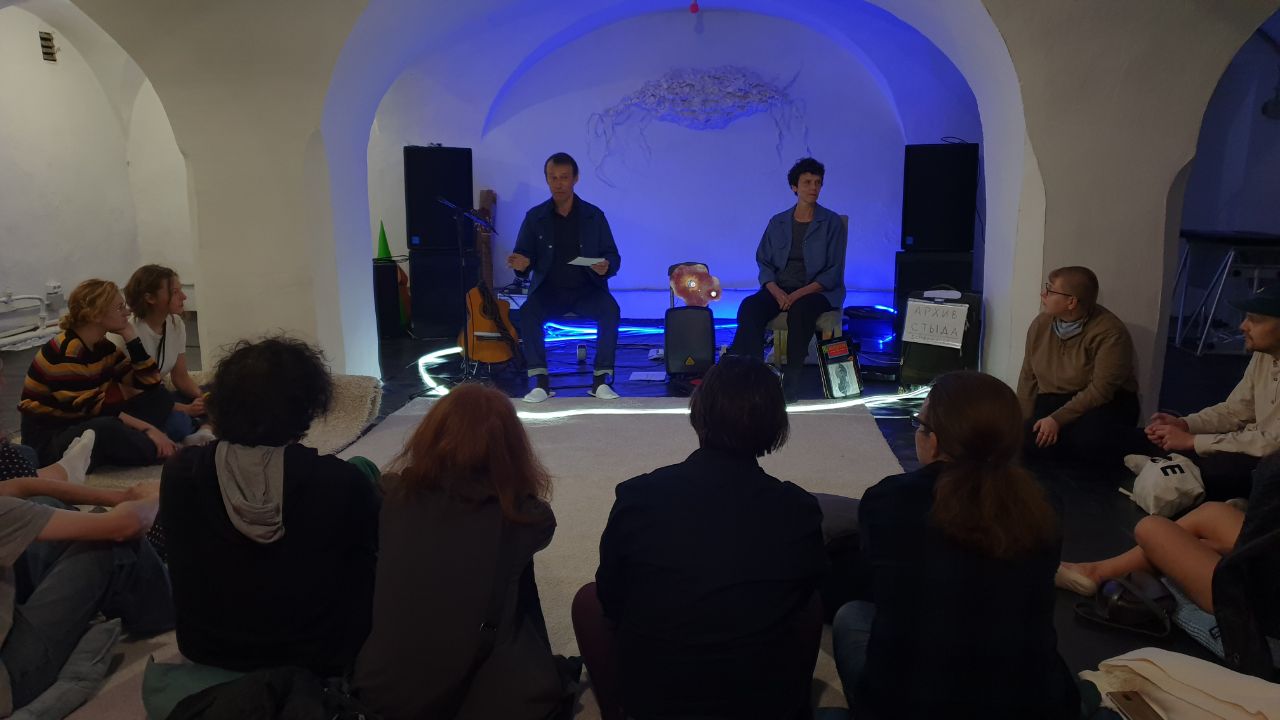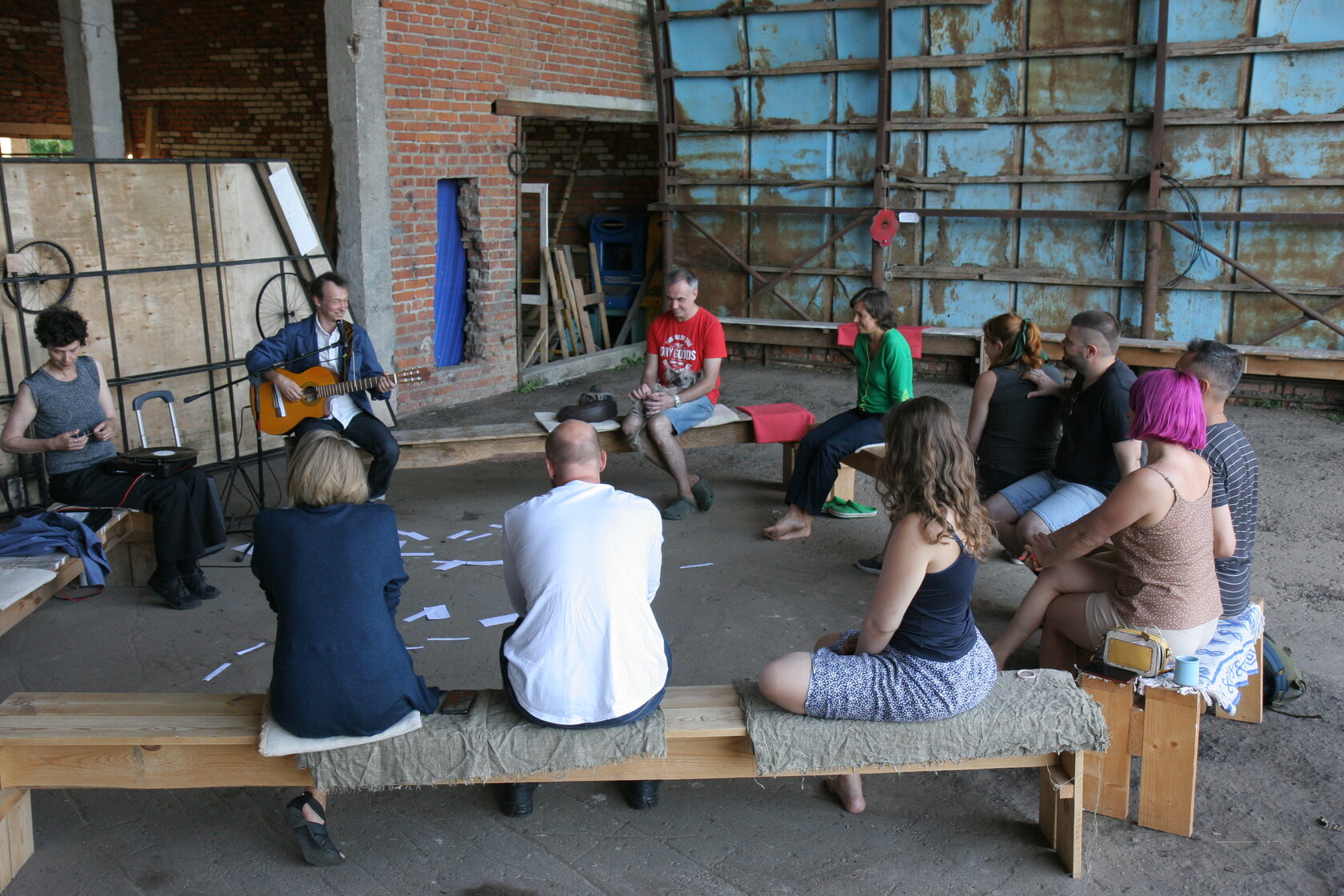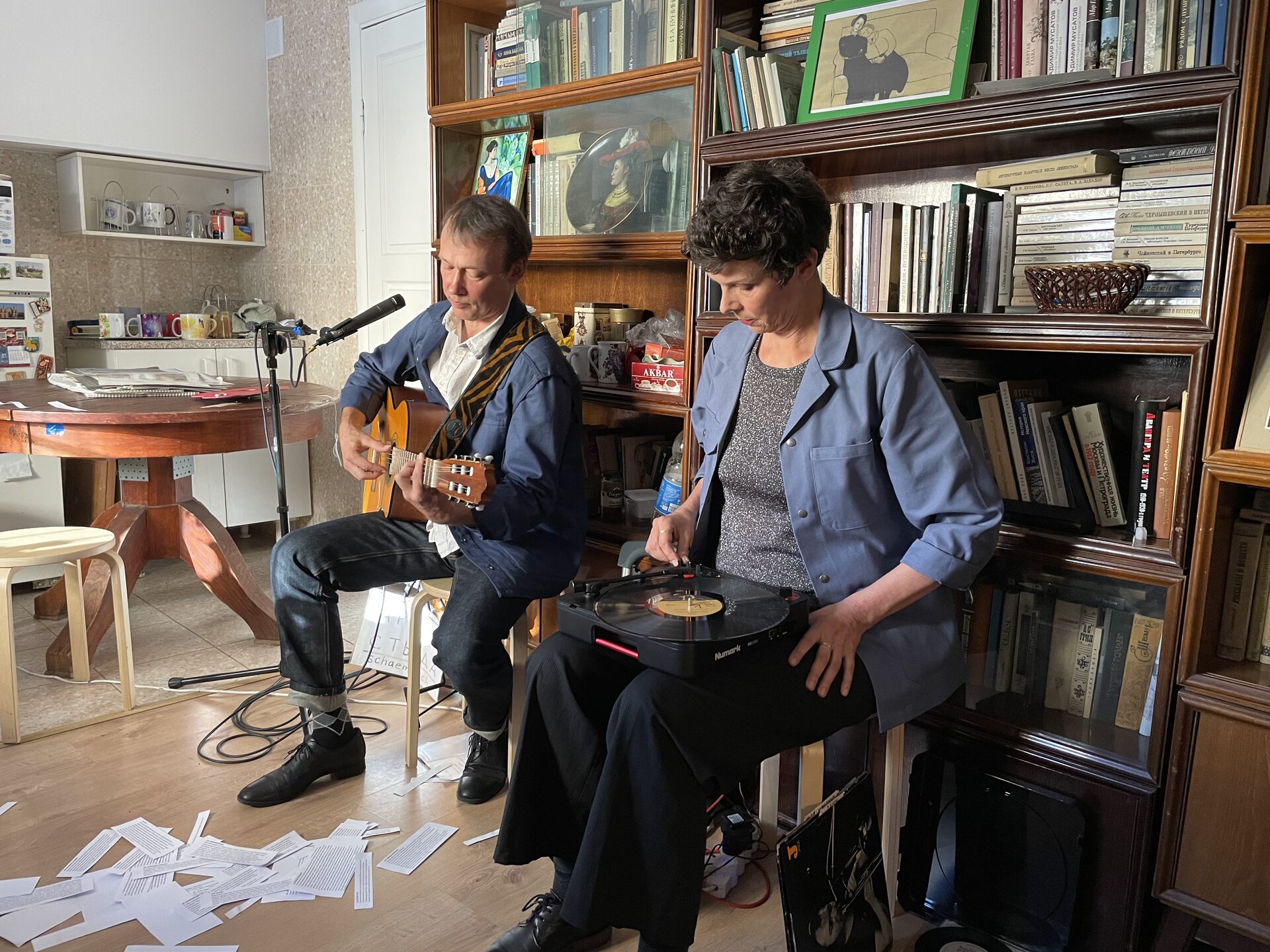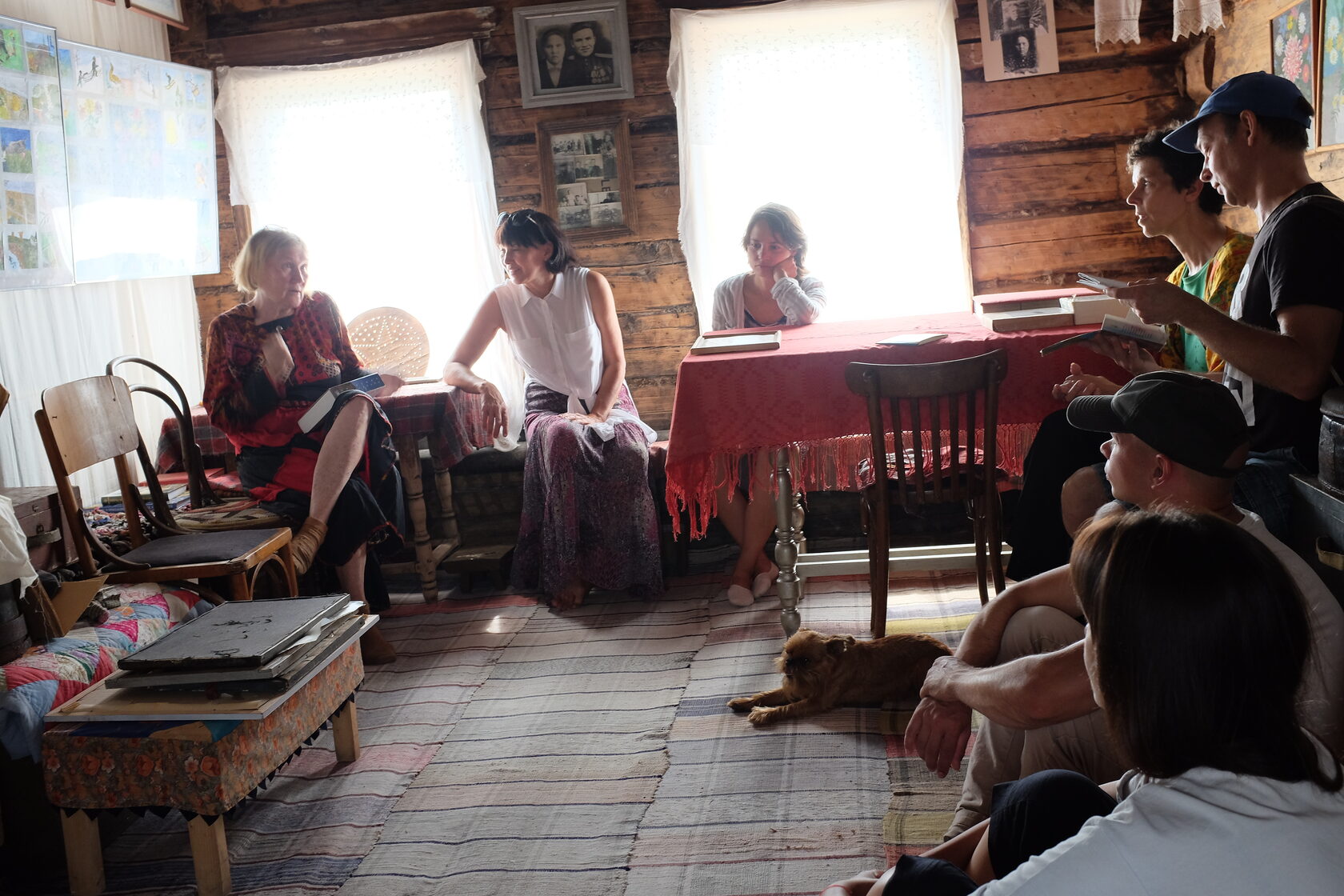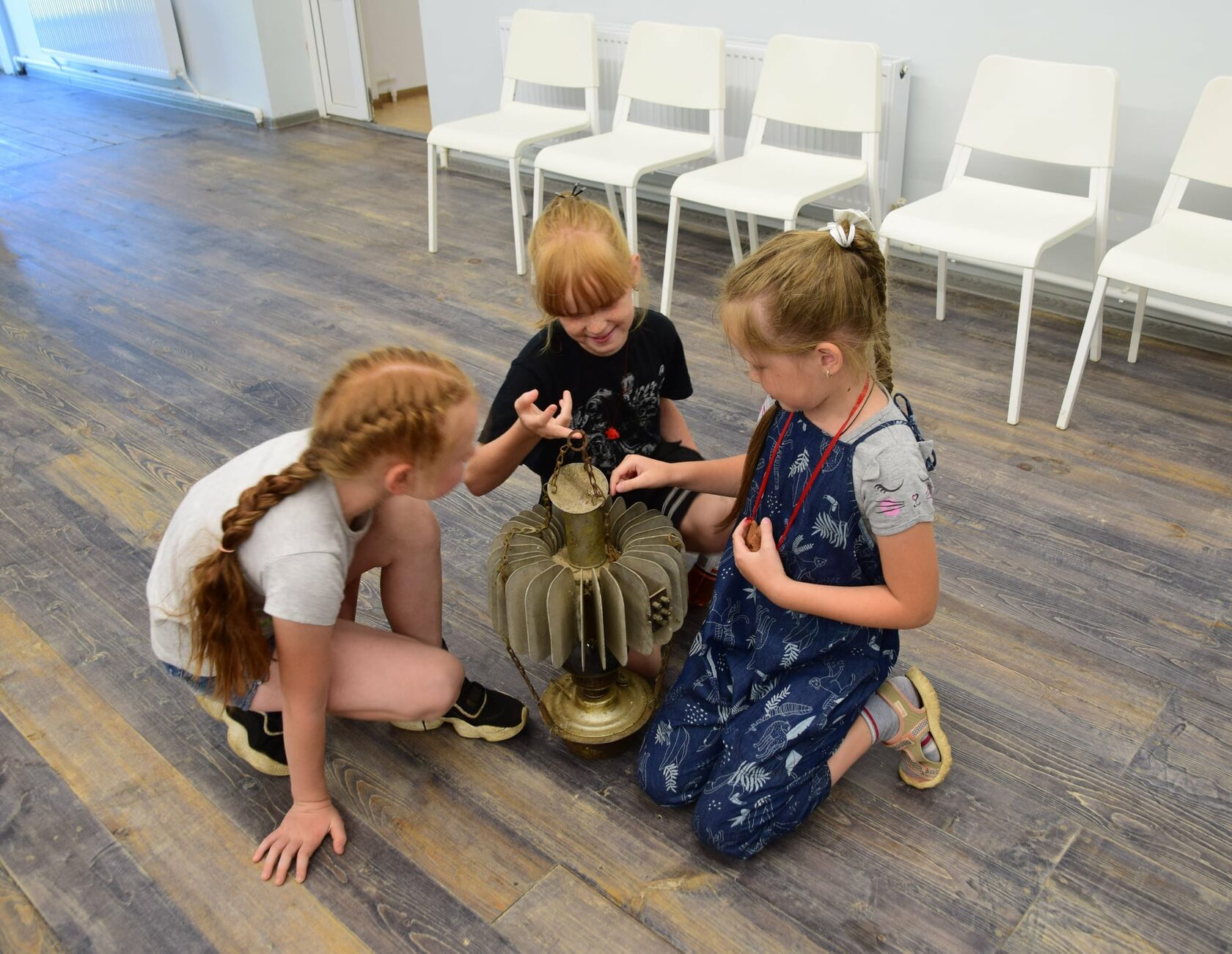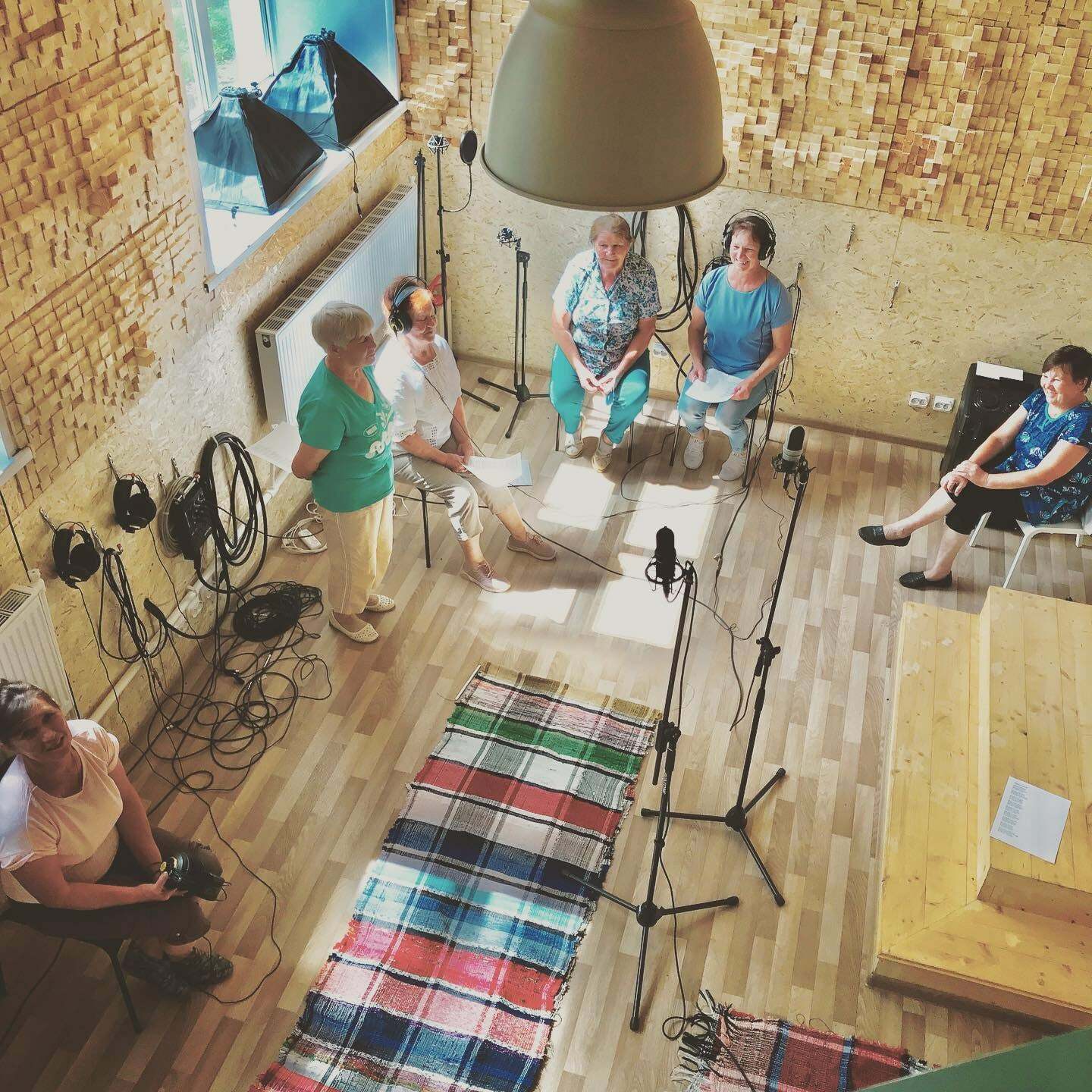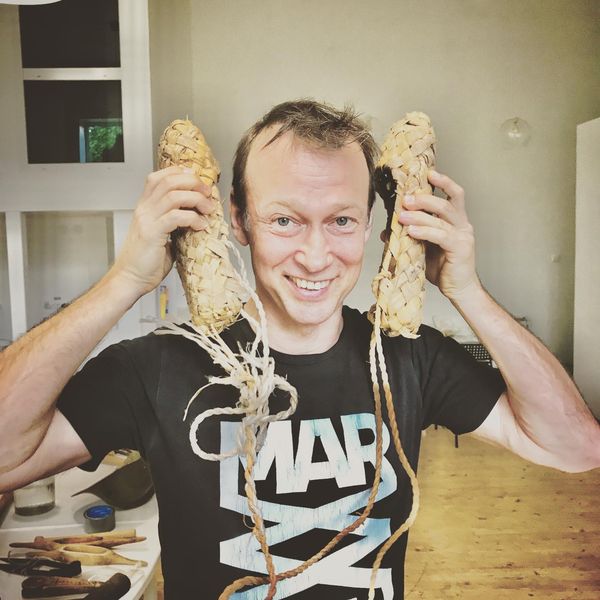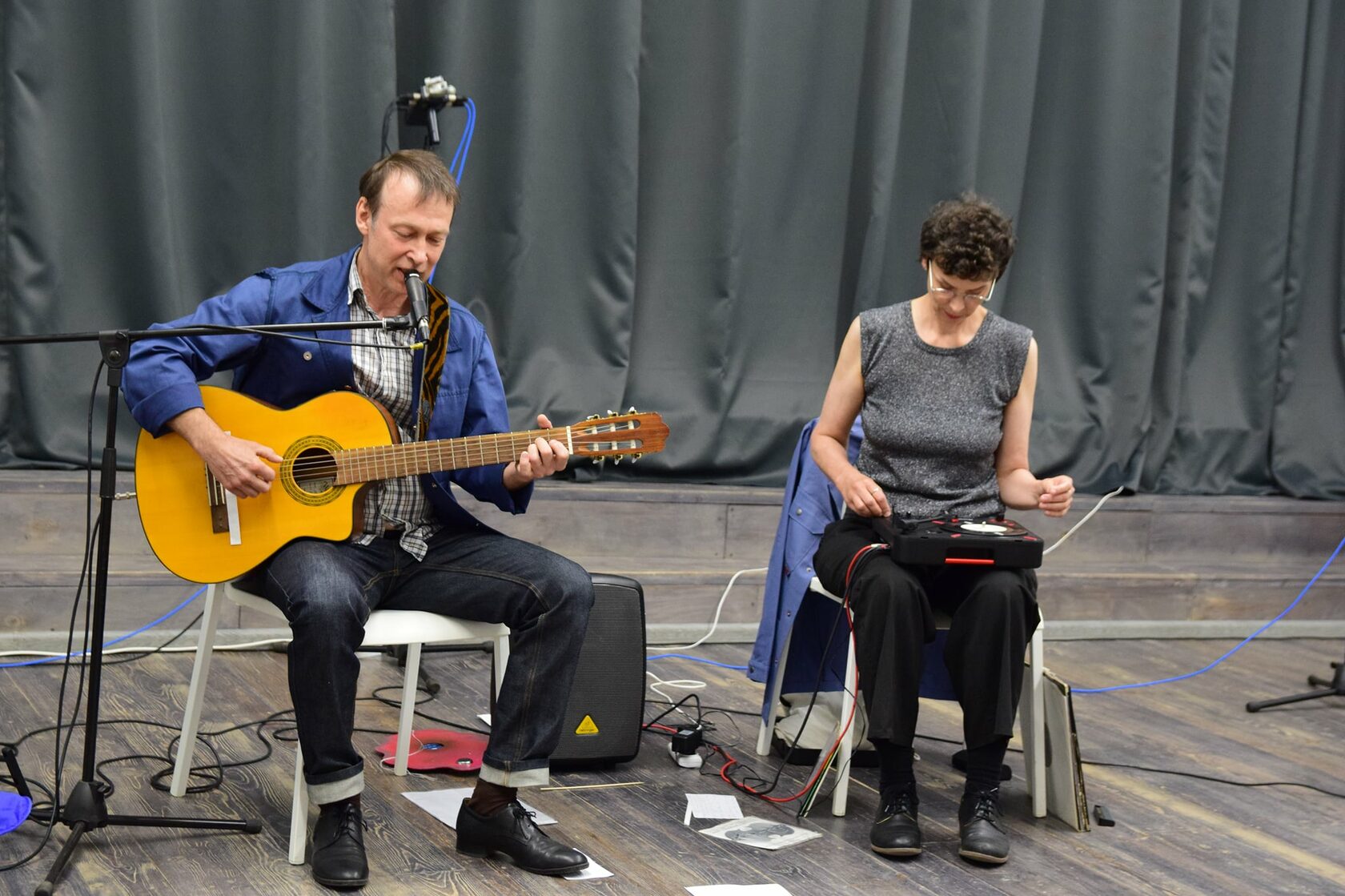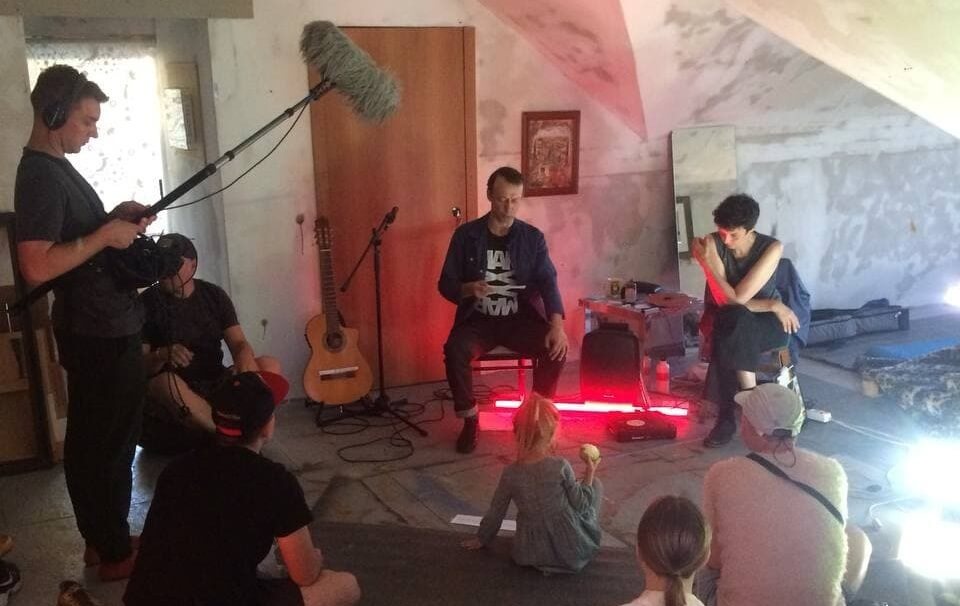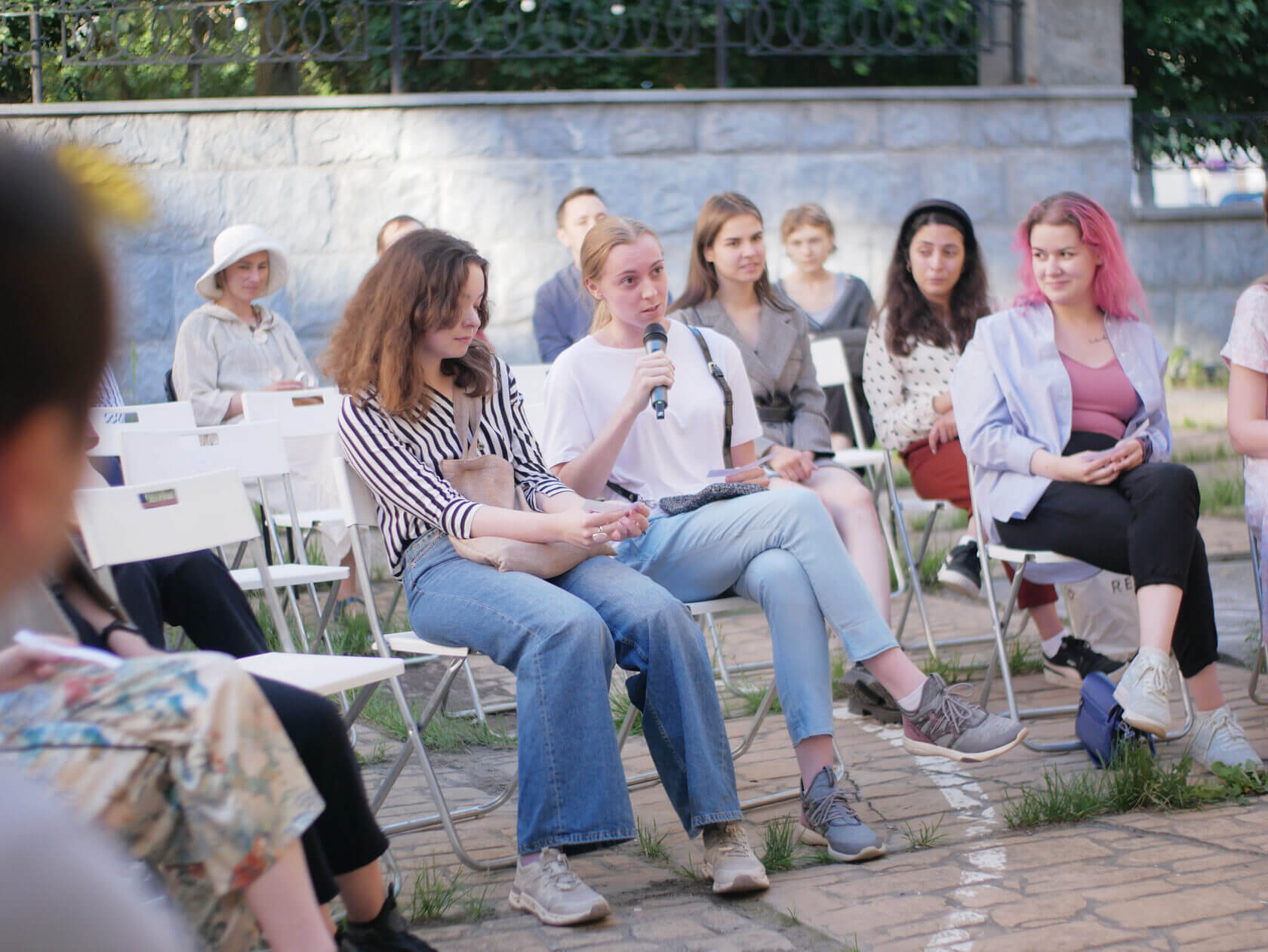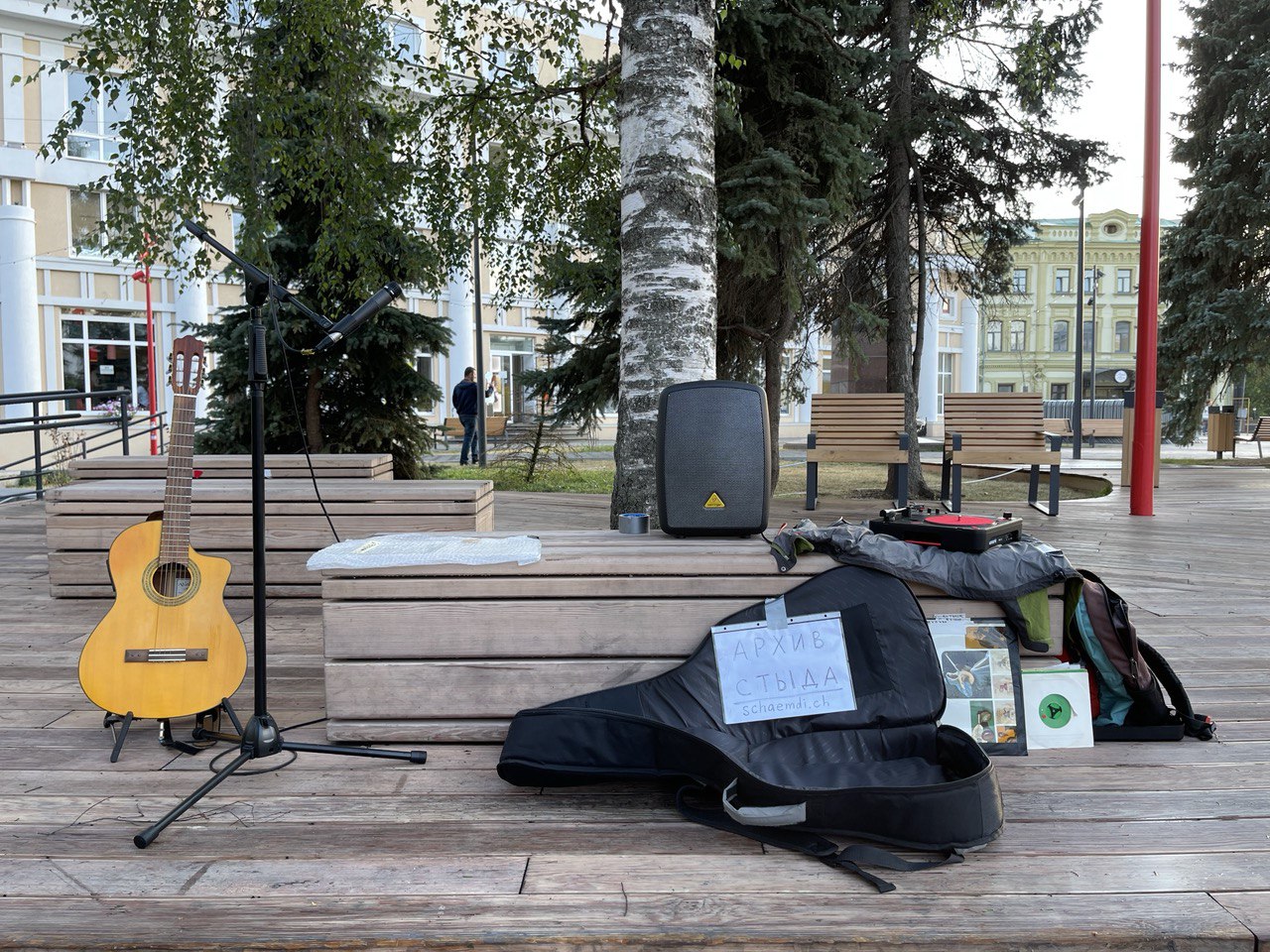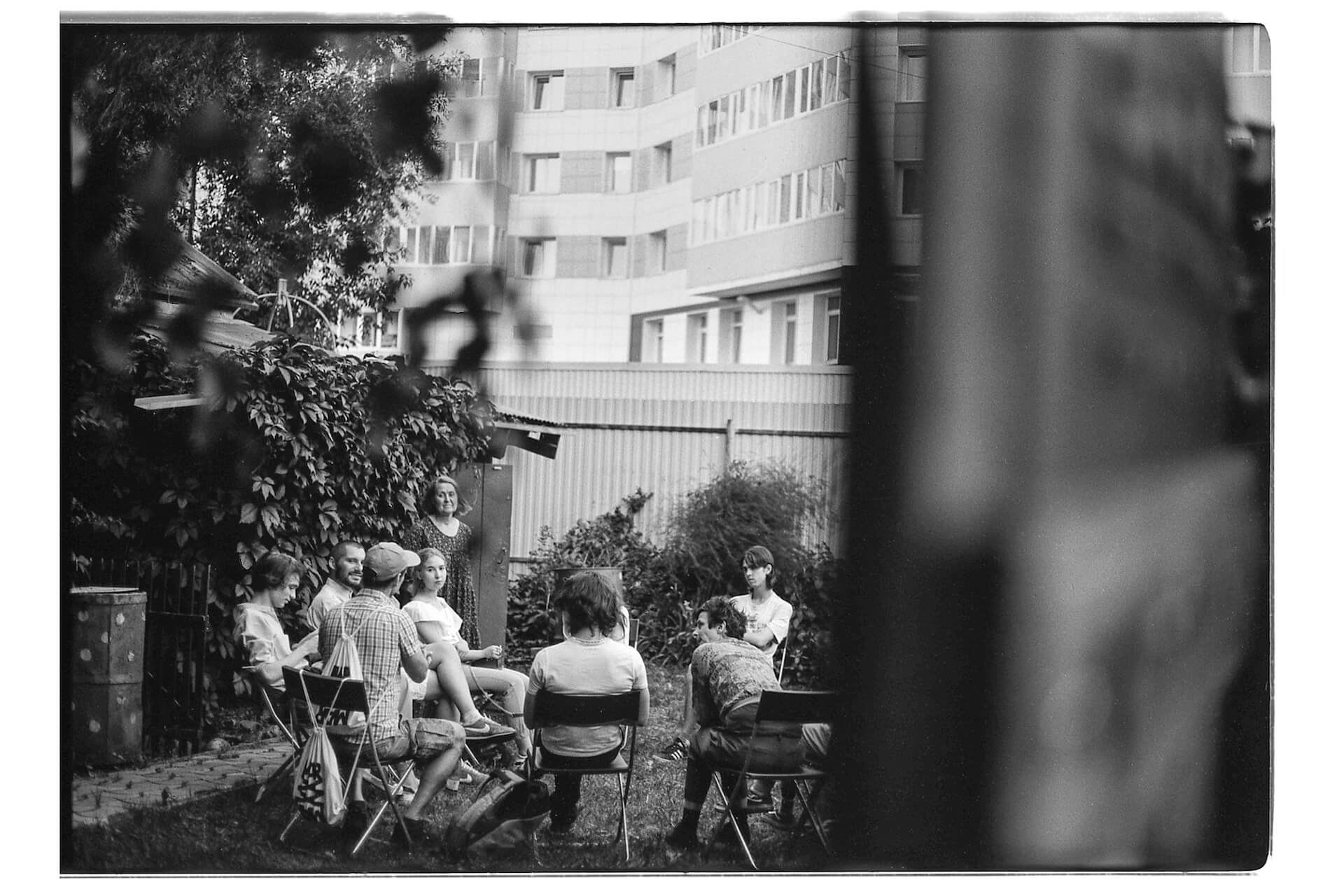/ Tula, July 29, 2021
/ Tula, July 29, 2021
. Tula: TIAM
The next stop in the shame on you! tour, to which the chapter of our diary is devoted, is Tula. Namely, a performance at the Tula Historical and Architectural Museum (TIAM). Read Ilya Komarov's note on how the performance went and what impressions Tula left on our Swiss guests.
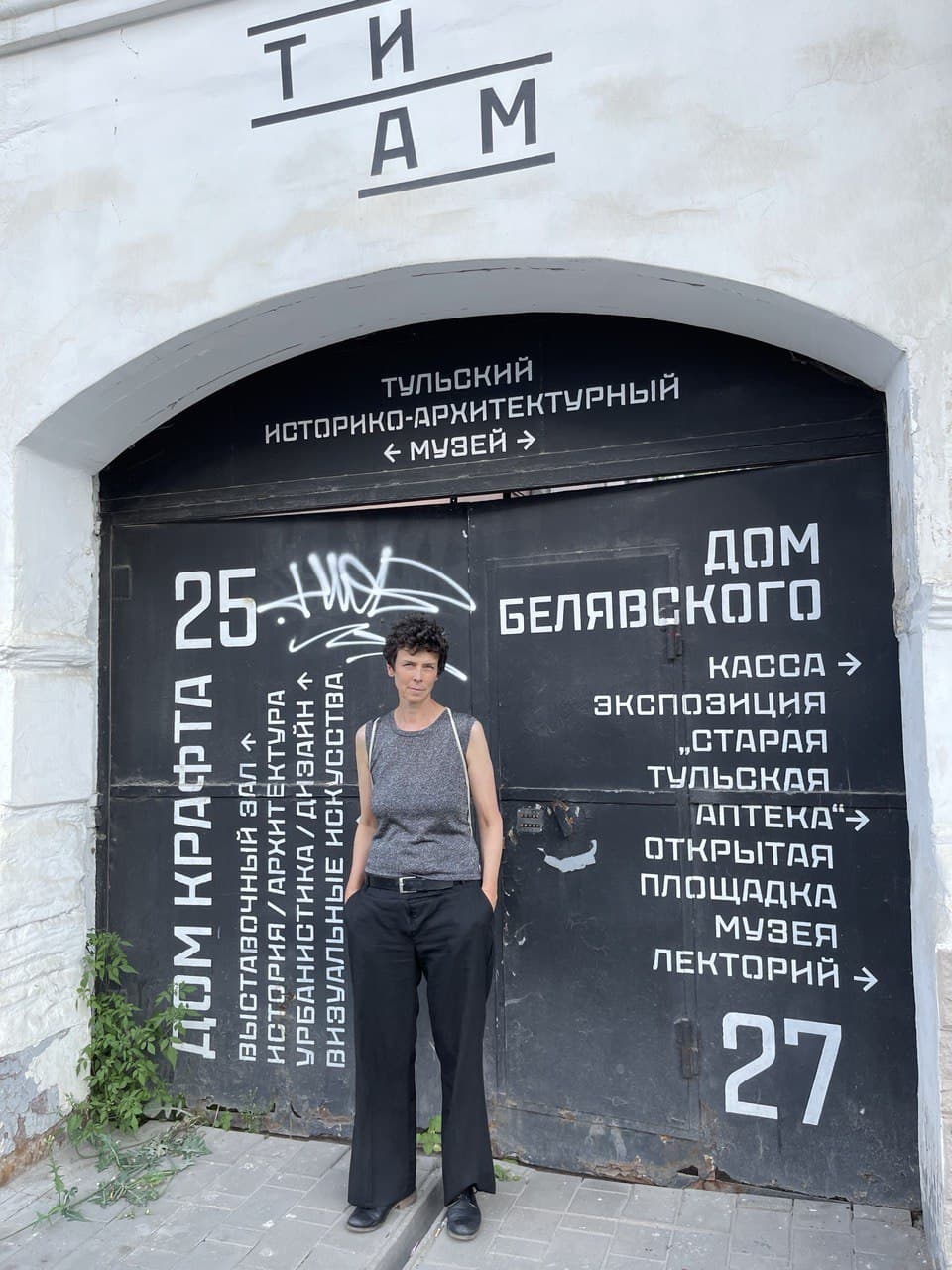
“ Tula is mentioned in the scriptures one year earlier than Moscow, which the locals are very proud of. A lesser source of pride is the ecology of the city. Around and in the city itself there are various factories, including a chemical one. The water is dirty, when I filled the tub it was yellowish in color. Nikita Burlakov (organizer of the performance in Tula - approx.), who met us at the station, spoke briefly about Tula. According to the latest census, 480 thousand people live in the city. The city is dying out – more people die than are born. Young people migrate to the capital, so apart from the Tulsky pryanik and the Tulsky samovar, the city has nothing special to boast of. Although no, walking around the city in the evening, I came across the Octave logo on one of the buildings. This is a famous microphone factory. We walked to the Kremlin and marveled at the weighty government building and the statue of Lenin in front of it. That is how our day ended.
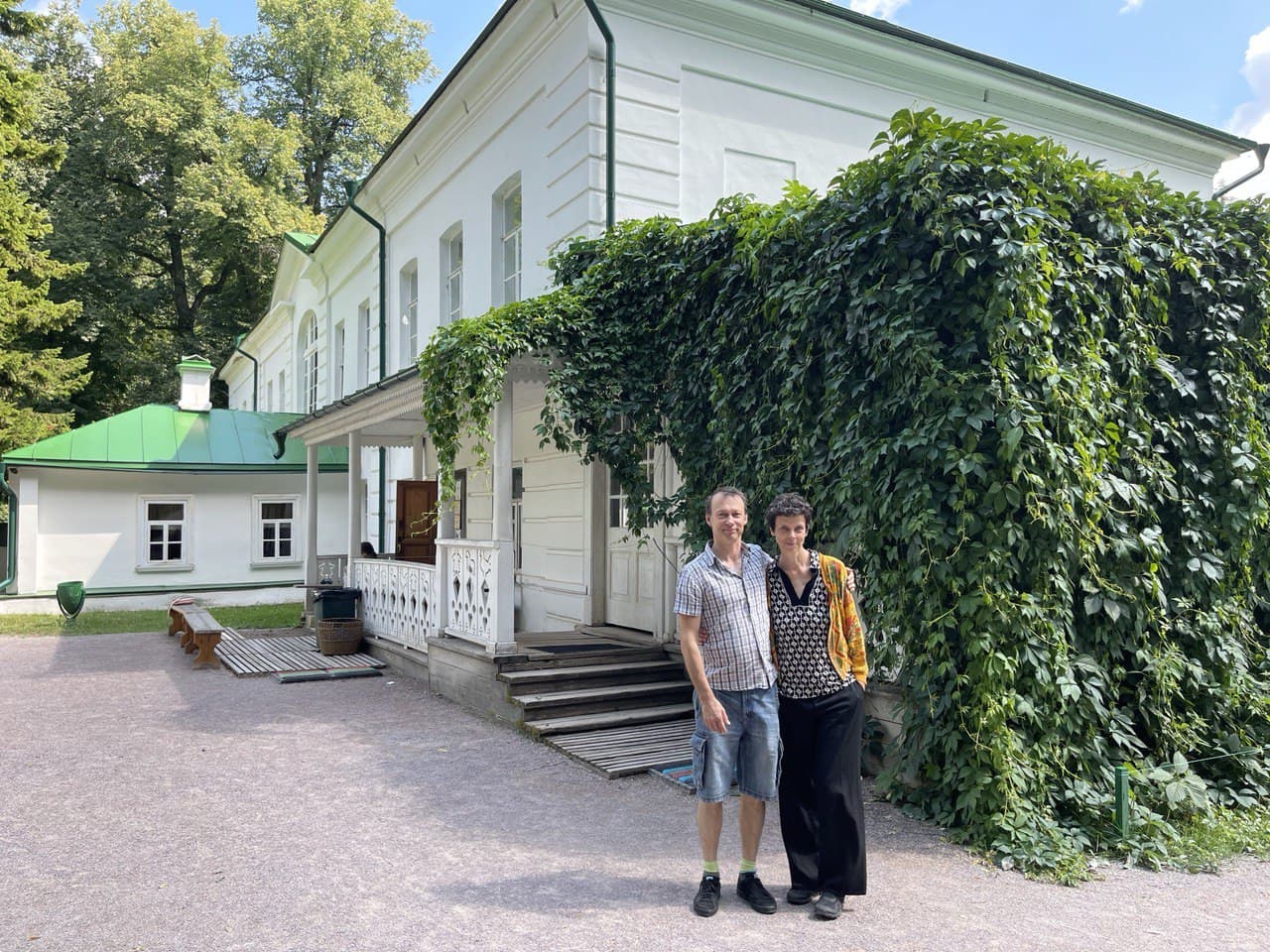
The next day we went to Yasnaya Polyana. We walked, kept silent at the unpretentious grave of Lev Nikolayevich, on the way back to Tula I got into a conversation with an Uzbek taxi driver, he has been in Tula for more than 10 years. He went to Yasnaya Polyana for the first time, and he hadn’t heard anything about Tolstoy. The man was very friendly – he invited us to an Uzbek restaurant, but we politely declined after our adventures with Georgian cuisine in Moscow.

By four o'clock we approached the TIAM museum, where Nikita told us about the building. This place somehow reminded me of the Metenkov House in Yekaterinburg. Also an old building from the late 19th century. It housed a pharmacy, its owner was engaged in photography. There are also old photographs of his family. The pharmacy functioned until 2012, that is, it survived both tsarism, and Bolshevism, and Soviet power. And since 2012, the building has housed the Tula Historical and Architectural Museum. It is not clear why architecture was mentioned in the title. We did not find anything related to it. But there was a very good exhibition of Russian animation, we really liked a couple of works.
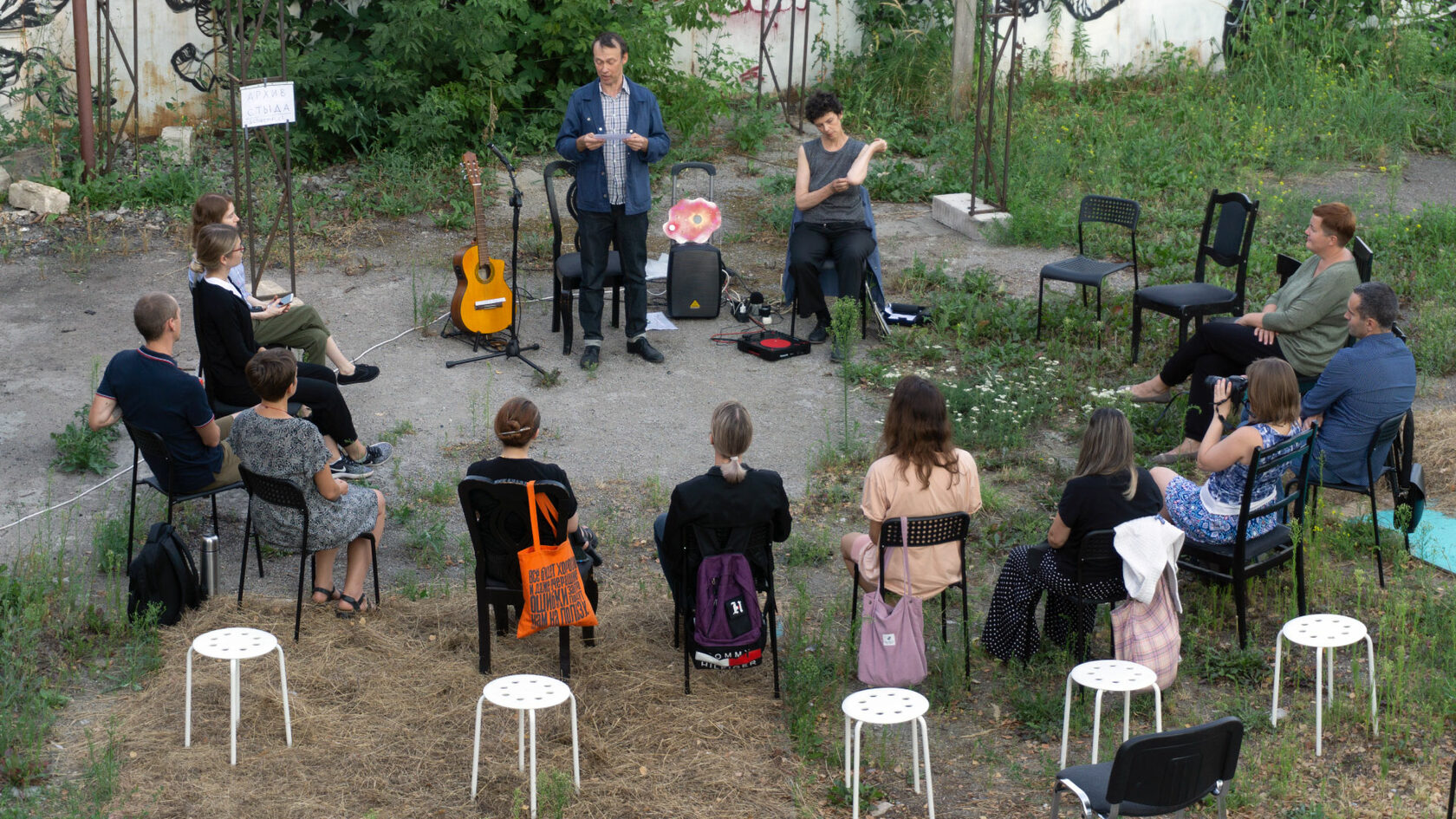
The performance took place in the courtyard of the museum, where about fifteen people gathered. They were attentive, but not talkative: no one shared stories, but everyone talked after the performance. We sat for almost an hour and answered questions, talked about ourselves and the project. In general, the dialogue was a success. At the end we said goodbye to everyone. Thanks Nikita! Thanks Tula! The next day we’re going to the Mill!”
Photo: Ilya Komarov and Artyom Loskot (TIAM)
. Tula Historical and Architectural Museum
The Tula Historical and Architectural Museum (TIAM) is in an extremely competitive environment. It is surrounded by large federal museums associated with the most important Russian brands, and does not have their image and budgetary advantages. Even in this situation, TIAM manages to maintain the interest of Tula residents and attract tourists. Now the task of the museum is to convert the achieved popularity into an impact on the city.
The concept for the museum was developed by the well-known sociologist and art historian Anatoly Golubovsky (Moscow). TIAM's area of responsibility is the city and citizens, the urban environment and urban communication, urban continuity and urban perspective. The current positioning of TIAM is in line with the “museum manifesto” of the Nobel Prize winner in literature, the author of the Museum of Innocence in Istanbul, Orhan Pamuk: “Huge palaces dominating quarters and cities do not show our souls, on the contrary, they constrain them. The idea of a modest museum is closer to a person, which will turn a quarter, a street, houses, shops – in a word, everything around – into a fragment of a museum!”
The closest analogues of the new TIAM are the Museum of Innocence in Istanbul, the Museum of Moscow, the Museum of the History of Yekaterinburg, the Museum of Folk Culture in Oslo, and the Slum Museum in the USA.
